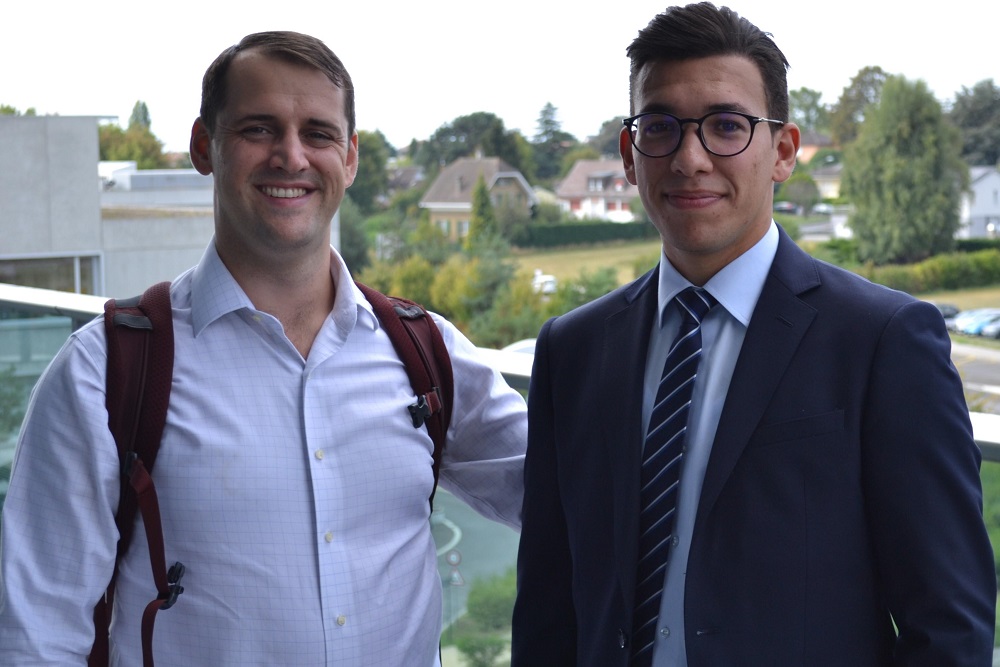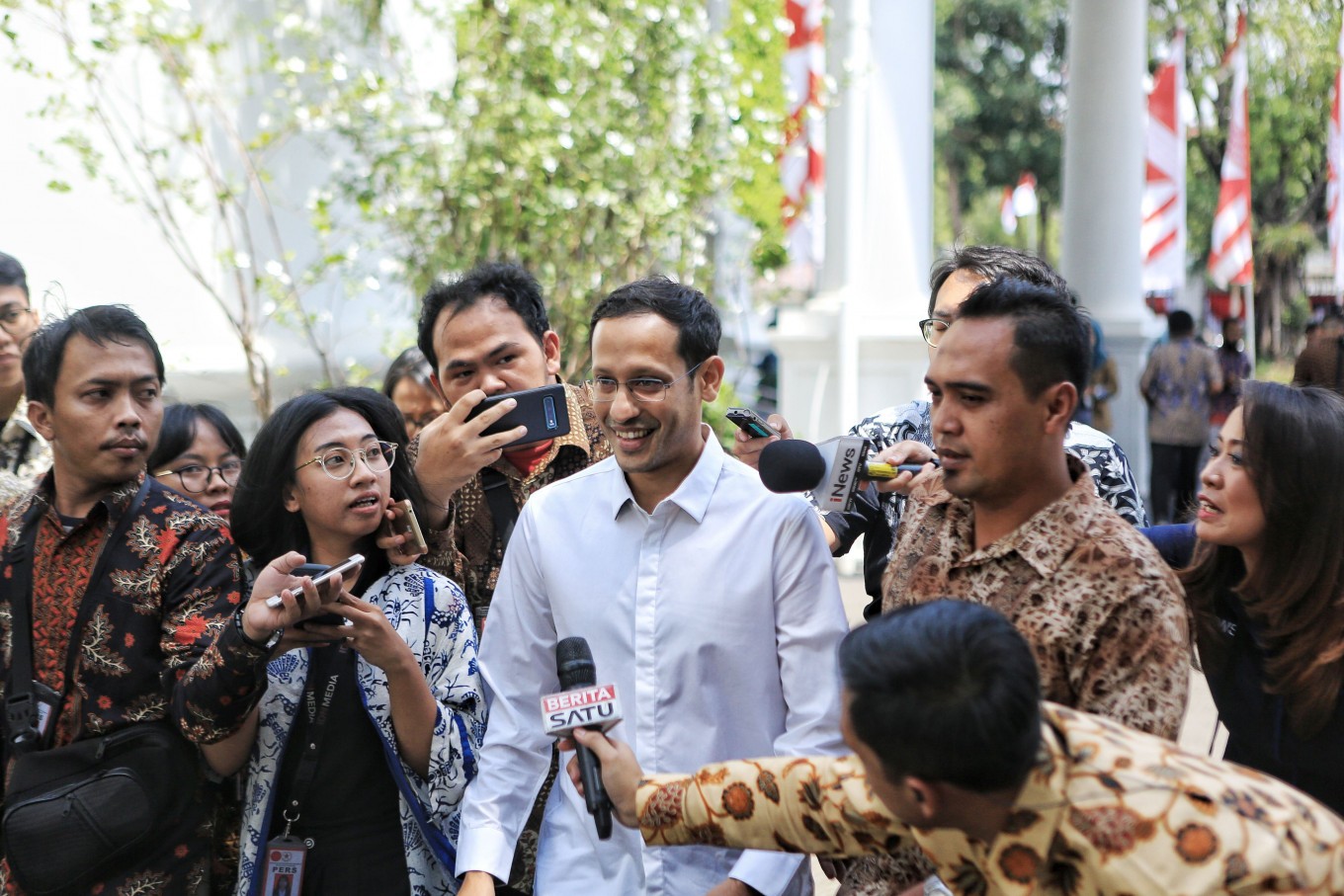Wassim Dhaouadi, an EPFL bachelor’s student has explained an enigma that has baffled scientists for over a century.
Dhaouadi, a student at the Engineering Mechanics of Soft Interfaces laboratory (EMSI) within EPFL’s School of Engineering, discovered why gas bubbles in narrow vertical tubes seem to remain stuck instead of rising upward.
According to his analysis and investigations, an ultra-thin film of liquid forms around the bubble, preventing it from rising freely. He further, discovered that the bubbles are not actually stuck but are just moving exceedingly slowly.
Dhaouadi’s research, which was published in the Physical Review Fluids, marked the foremost instance that experimental proof was provided to test earlier theories.
Air bubbles in a glass of water float freely up to the surface, and the mechanisms behind this are easily explained by the basic laws of science. However, the same laws of science cannot explain why air bubbles in a tube a few millimetres thick don’t rise the same way.
Physicists first observed this phenomenon nearly a century ago, but couldn’t come up with an explanation, in theory, the bubbles shouldn’t encounter any resistance unless the fluid is in motion; thus a stuck bubble should encounter no resistance.
Back in the 1960s, a scientist named Bretherton developed a formula based on the bubbles’ shape to explain this phenomenon. Many other researchers have since postulated that the bubble doesn’t rise due to a thin film of liquid that forms between the bubbles and the tube wall. But these theories cannot fully explain why the bubbles don’t rise upward.
Dhaouadi was able to not only view the thin film of liquid but also measure it and describe its properties, a feat that has never been done. His findings revealed that the bubbles weren’t stuck, as scientists previously thought, but actually moving upwards exceedingly slowly.
Dhaouadi additional discovery
John Kolinski, the EMSI lab head, and Dhaouadi used an optical interference method to measure the film, which they found to be only a few dozen nanometers (1 x 10-9 meters) thick. The method involved directing light onto an air bubble inside a narrow tube and analyzing the reflected light intensity. Using the interference of the light reflected from the tube’s inner wall and from the bubble’s surface, they precisely measured the film’s thickness.
Dhaouadi also discovered that the film changes shape if heat is applied to the bubble and returns to its original shape once the heat is removed.
Kolinski explained that the new discovery disproves the most recent theories that the film would drain to zero thickness. Adding that the measurements also show that the bubbles are actually moving, albeit too slowly to be seen by the human eye.
These findings relate to fundamental research but could be used to study fluid mechanics on a nanometric scale, especially for biological systems.
Dhaouadi reaction
Dhaouadi expressed his joy in the new discovery saying:
I was happy to carry a research project early in my curriculum. It is a new way of thinking and learning and was quite different from a Homework set where you know there is a solution, although it may be hard to find. At first, we did not know if there would even be a solution to this problem. Wassimmade an exceptional discovery at our lab. We were happy to have him working with us.
John Kolinski was full of praise for the young genius explaining he only joined the lab as a summer research assistant during his Bachelor but made impressive rapid progress. Adding that Dhaouadi made an exceptional discovery and he was pleased to have worked with him.
Picture from: EPFL







